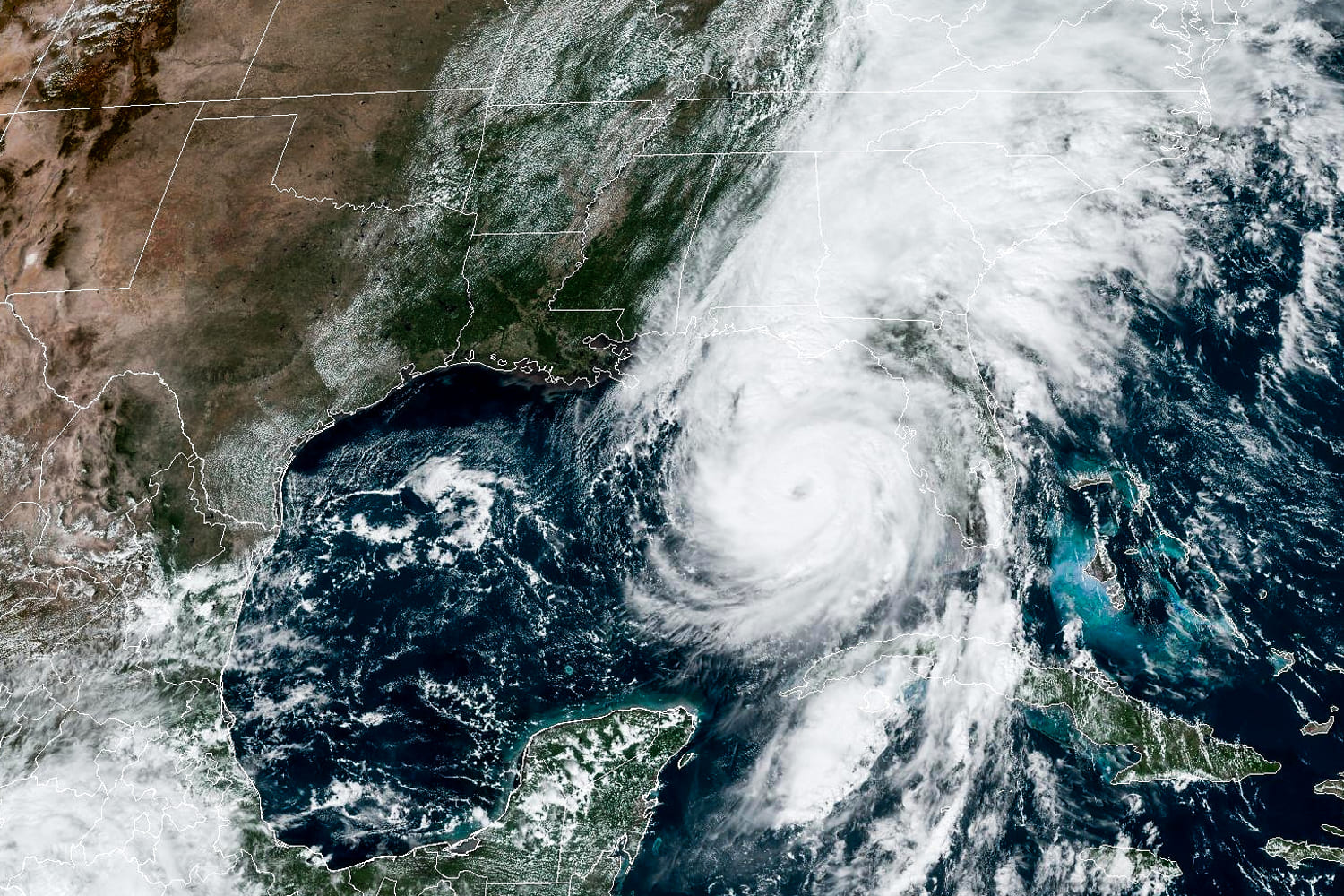

National Oceanic and Atmospheric Administration forecasters are predicting an active Atlantic hurricane season with more storm activity than typical.
“We’re really looking at an above normal season,” said Ken Graham, a meteorologist and the director of the National Weather Service. “We’re calling for 13 to 19 named storms.”
Storms get names when their wind speeds reach 39 mph or higher. Six to 10 of the forecasted storms are expected to become hurricanes, with wind speeds exceeding 74 mph. NOAA expects three to five major hurricanes — Category 3 and above.
The forecasts do not predict if or where the hurricanes will make landfall or how many of these storms will strike U.S. coastlines. Still, now is the time to prepare, forecasters said.
“It’s a good time to go out there and get your supplies and your kit and put it together,” Graham said. “We’ve got to be ready. No lines for supplies today. No lines for gas, no lines for plywood, no lines for water.”
Graham said the above-average forecast is driven in part by warmer ocean temperatures, a trend associated with climate change.
“The warmer ocean temperatures is really consistent with us being in a more active season,” Graham said at a news conference.
Forecasters were also predicting higher activity from the West African Monsoon, a pattern that develops storms off the shore of continental Africa and sends them spinning across the Atlantic and toward the U.S.
The hurricane forecast comes at a time when many National Weather Service offices are short on staff, after the Trump administration fired some workers and opened up voluntary retirement programs to cut staffing.
In the first months of 2025, nearly 600 staffers have left the National Weather Service, opening staffing holes. Still, the agency’s leadership said the National Hurricane Center, a division of the National Weather Service, had the resources it needed.
“We are fully staffed at the hurricane center, and we definitely are ready to go. And we are really making this up a top priority for this administration,” said Laura Grimm, the acting administrator of NOAA.
The nation’s 122 local forecasting offices have been hard hit and are riddled with vacancies. Many of those offices will be tasked with forecasting local effects after a hurricane landfall, such as flood inundation and rainfall.
“I’m going to make sure that our offices, when there’s a hurricane threat, that’s going to have the resources that they need to make sure every warning goes out,” Graham said, adding that he was working on solutions to “make sure that we continue to have the staffing that we need long term.”
Hurricane season begins June 1 and ends Nov. 30. It typically starts to peak in late summer and early fall.
NOAA’s forecast falls roughly in line with the public forecasts provided by outside research groups at universities, government agencies and private businesses.
On average, outside research groups predicted eight Atlantic hurricanes in 2025, according to a website operated by Colorado State University and the Barcelona Supercomputing Center, which tracks and aggregates predictions each year.
Last year, NOAA predicted its highest-ever hurricane season. The season delivered 18 named storms and 11 hurricanes. Five hurricanes struck the U.S. coastline. Hurricane Helene made landfall on Florida’s Gulf Coast, then tracked northward with intense rainfall, causing destructive inland flooding in North Carolina, among other states. Helene killed more than 150 people.
Hurricane Milton made landfall as a Category 3 storm in Siesta Key Florida and produced 46 tornadoes.
Both storms underwent rapid intensification, a phenomenon in which hurricane winds ramp up suddenly as the storm nears shore.
Global warming makes that process more likely. High sea surface temperatures, like those observed over the past several years, can fuel that rapid intensification. A 2023 study found that tropical cyclones in the Atlantic Ocean were about 29% more likely to undergo rapid intensification from 2001 to 2020, compared to 1971 to 1990.
 Latest Breaking News Online News Portal
Latest Breaking News Online News Portal






